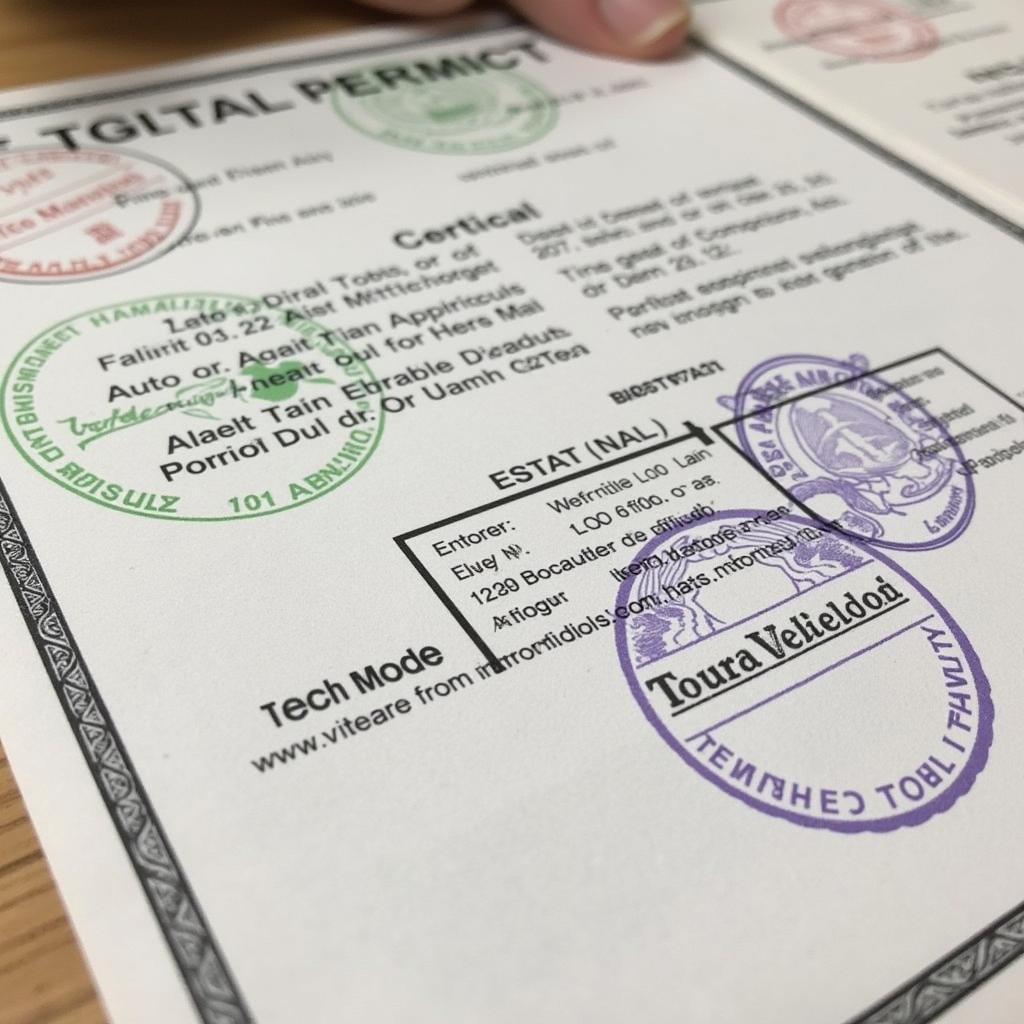African Folk Songs: A Journey Through Rhythms and Stories
African Folk Songs are a vibrant tapestry of sounds and stories that have been passed down through generations, reflecting the rich history, culture, and traditions of the continent. From the rhythmic beats of the drums to the heartfelt lyrics, these songs offer a glimpse into the soul of Africa, showcasing the resilience, joy, and spirituality of its people.
The Origins of African Folk Songs
African folk songs have existed for centuries, predating the arrival of Europeans. These songs were often used for a variety of purposes, including:
- Storytelling: Many African folk songs tell tales of heroism, love, and loss, preserving cultural knowledge and historical events.
- Ceremonies and Rituals: Songs played a crucial role in ceremonies and rituals, celebrating births, marriages, harvests, and ancestral spirits.
- Social Commentary: Folk songs served as a platform for social commentary, expressing discontent, injustice, and hopes for a better future.
- Work Songs: Rhythmic work songs helped coordinate labor during farming, fishing, and other tasks, providing a sense of community and shared purpose.
A Tapestry of Sounds and Styles
Africa’s vast diversity is reflected in the multitude of musical styles and instruments found across the continent. Each region and ethnic group has its own unique musical traditions, creating a rich tapestry of sounds.
Here are a few examples of popular African folk song styles:
- Griots in West Africa: Known for their storytelling and musical skills, griots preserve their communities’ history and cultural traditions through song. Their music often features the kora, a 21-string harp, and the ngoni, a lute.
- Highlife in Ghana: This genre combines elements of traditional Ghanaian music with Western influences, creating a lively and energetic sound that became popular throughout Africa.
- Mbqanga in South Africa: This genre, rooted in Zulu music, emerged in the 1960s and features powerful vocals, intricate guitar riffs, and catchy rhythms.
- Taarab in Tanzania: This genre, originating in Zanzibar, blends Arabic musical influences with Swahili lyrics, creating a romantic and danceable sound.
- Soukous in Central Africa: This high-energy dance music is characterized by its fast-paced rhythms, energetic guitar lines, and call-and-response vocals.
The Instruments of African Folk Music
African folk music utilizes a wide array of instruments, each playing a crucial role in shaping the unique sounds of different regions and cultures.
Here are some of the most common instruments found in African folk songs:
- Drums: Drums are ubiquitous in African music, providing the rhythmic foundation for many songs. Different types of drums, such as the djembe, talking drum, and hourglass drum, produce distinct sounds and rhythms.
- String Instruments: String instruments like the kora, ngoni, and the harp are used for melodic lines and accompanying vocals.
- Wind Instruments: Instruments like the flute, trumpet, and xylophone add melody and color to the musical landscape.
- Percussion Instruments: Percussion instruments like rattles, bells, and shakers enhance the rhythm and create a more dynamic sound.
Preserving the Legacy of African Folk Songs
African folk songs are more than just music; they represent a living archive of cultural knowledge, traditions, and beliefs. The importance of preserving these songs is paramount.
- Community involvement: Local communities play a vital role in preserving their musical heritage through song, dance, and storytelling.
- Formal music education: Institutions and organizations dedicated to music education are essential in passing down traditional knowledge and techniques to future generations.
- International collaboration: Collaboration between African and international musicians helps promote awareness and appreciation for African folk music, ensuring its continued existence.
The Influence of African Folk Music on Modern Music
African folk music has had a profound influence on global music genres, inspiring artists across the world.
Here are some examples:
- Jazz: Jazz musicians like Miles Davis and Dizzy Gillespie were influenced by African rhythms and melodies, incorporating elements of Afro-Cuban and African music into their compositions.
- Rock and Roll: The rhythmic energy and soulful vocals of early rock and roll music drew inspiration from African American blues and gospel music, which themselves were deeply rooted in African traditions.
- World Music: African folk music has become a significant part of the world music scene, inspiring artists and listeners with its vibrant rhythms and soulful melodies.
The Future of African Folk Songs
As Africa continues to evolve, so too does its musical landscape. While traditional folk songs remain a vital part of many communities, new generations of musicians are incorporating contemporary influences into their music.
This fusion of traditional and modern sounds creates a dynamic and evolving musical scene:
- Fusion Genres: Artists are blending traditional folk music with modern genres like hip-hop, electronic music, and pop, creating a unique and exciting fusion sound.
- Technological Innovations: New technologies are expanding the reach and accessibility of African folk music, allowing artists to share their music with a wider audience.
African folk songs offer a powerful and intimate window into the continent’s cultural heart. As these songs continue to evolve and adapt to new generations, they remain a testament to the rich and enduring legacy of African music and culture.

